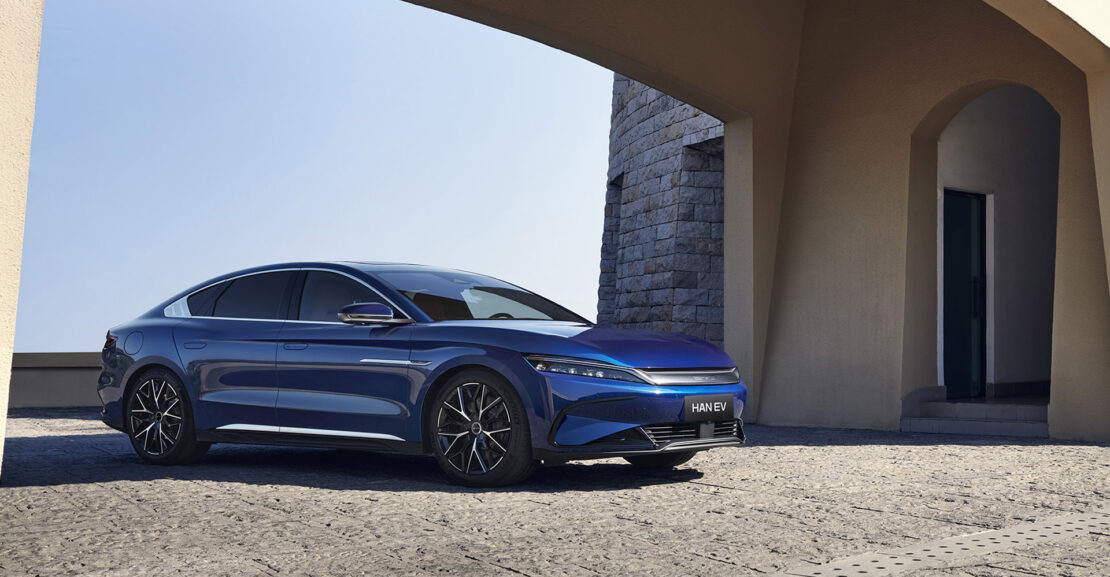How to Buy a Car from Japan and Import It to Kenya: A Step-by-Step Guide
Buying a car from Japan and importing it into Kenya is one of the most popular ways for Kenyan buyers to access high-quality, low-mileage vehicles at competitive prices. Japanese cars are known for their excellent maintenance records, fuel efficiency, and durability—making them ideal for the Kenyan market.
Here’s your complete guide on how to buy a car from Japan and import it into Kenya successfully.
1. Understand Kenyan Import Regulations
Before purchasing, ensure the car meets Kenya Bureau of Standards (KEBS) and Kenya Revenue Authority (KRA) requirements:
- Must be right-hand drive
- Maximum age of 8 years old (from date of first registration)
- Must meet Euro II emissions standards or higher
- Requires Pre-Import Verification Certificate (PIV) via KEBS
- Must pass Roadworthiness Inspection after clearance
Always verify current rules with Kenya Revenue Authority .
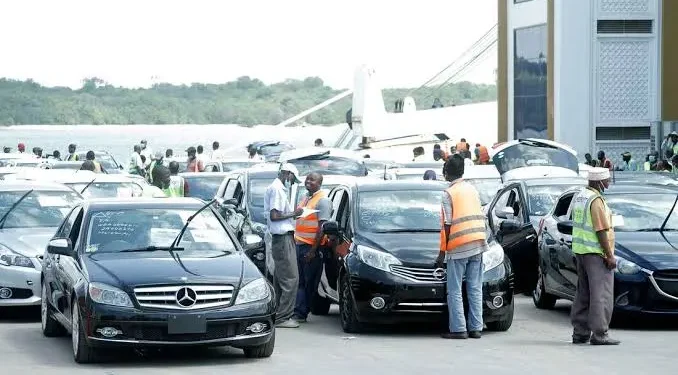
2. Choose a Trusted Japanese Auction or Exporter
A browser showing live listings on Goo-net Exchange with international buyer filters.
Popular platforms include:
- Aucnet
- Goo-net Exchange
- Cars247
- Be FORWARD
Most Kenyan buyers use a local broker or export agent who can bid, inspect, and handle logistics on their behalf.

3. Search for Suitable Vehicles
Use filters like:
- Make/model (Toyota Fielder, Premio, Ipsum, Nissan B15, Mazda Demio are popular in Kenya)
- Year (must be under 8 years old)
- Mileage (below 50,000 km preferred)
- Shaken expiration date (ensures recent inspection)
- Body and mechanical condition reports
Look for auction grades of 3.5 or higher for better quality.
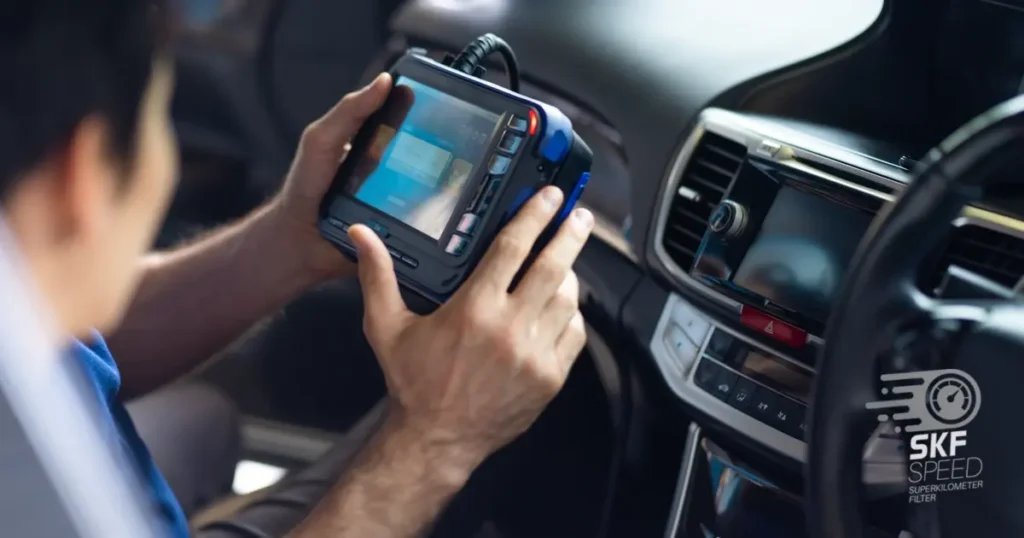
4. Review Inspection Reports and Photos
Each listing includes:
- High-resolution photos
- Damage grade (Body/Paint/Mechanical)
- Engine and transmission status
- Maintenance history
- Shaken test results
Request a video walk-through or pre-purchase inspection (PPI) if unsure about the car’s condition.
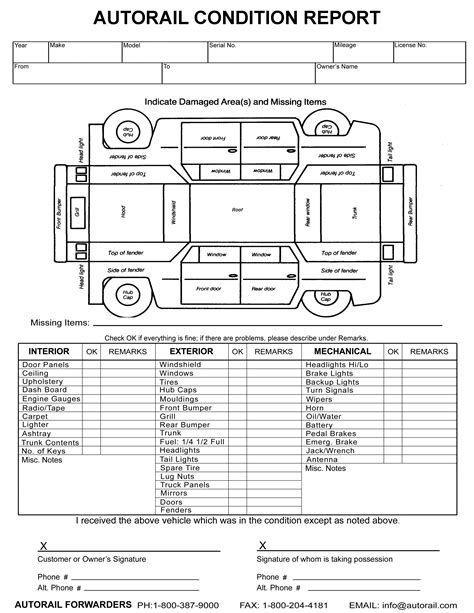
5. Place a Bid or Purchase Directly
If using a broker:
- Set your maximum bid
- Confirm payment methods (bank transfer, PayPal, etc.)
- Ensure all fees are transparent (auction, broker, shipping)
Winning bidders must pay promptly to proceed with export.

6. Arrange Shipping to Kenya
Choose between:
- Roll-on/Roll-off (Ro-Ro) – Most cost-effective method
- Container shipping – Better for luxury or vintage cars
The main destination port in Kenya is:
- Mombasa Port
Select port-to-port or door-to-door delivery depending on your needs.
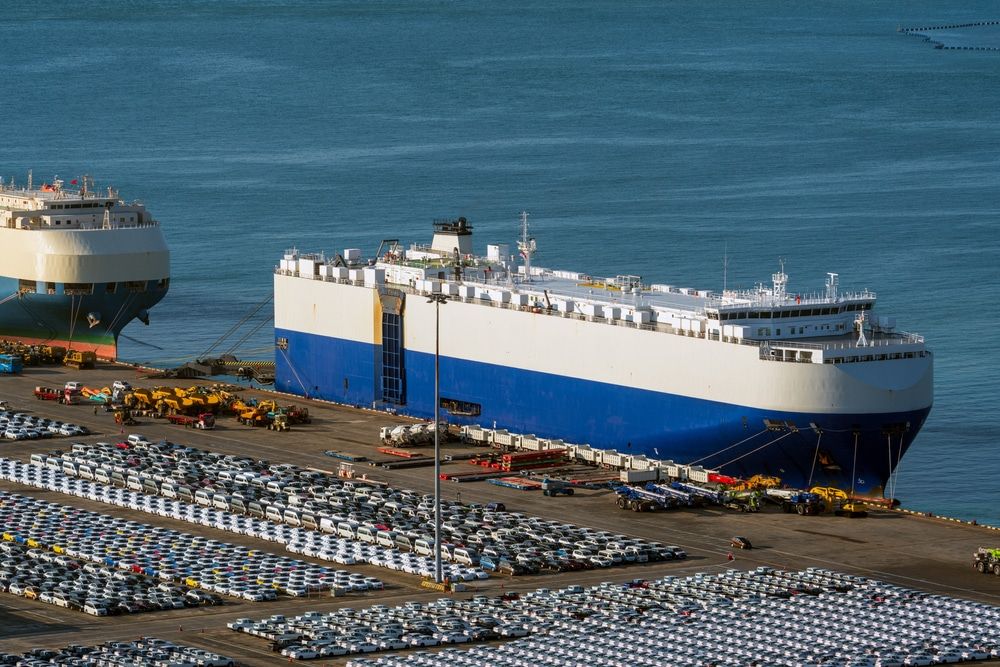
7. Handle Import and Registration in Kenya
Steps include:
- Submit required documents:
- Bill of sale
- Bill of lading
- Insurance certificate
- KEBS Pre-Import Verification Certificate (PIV)
- Pay import duties and taxes :
- Typically 25% import duty + 8% VAT + 2% railway levy + excise duty
- Pass KEBS inspection and roadworthiness test
- Register with the Kenya Licensing Service (KLT) or NTSRL
- Obtain logbook and insurance
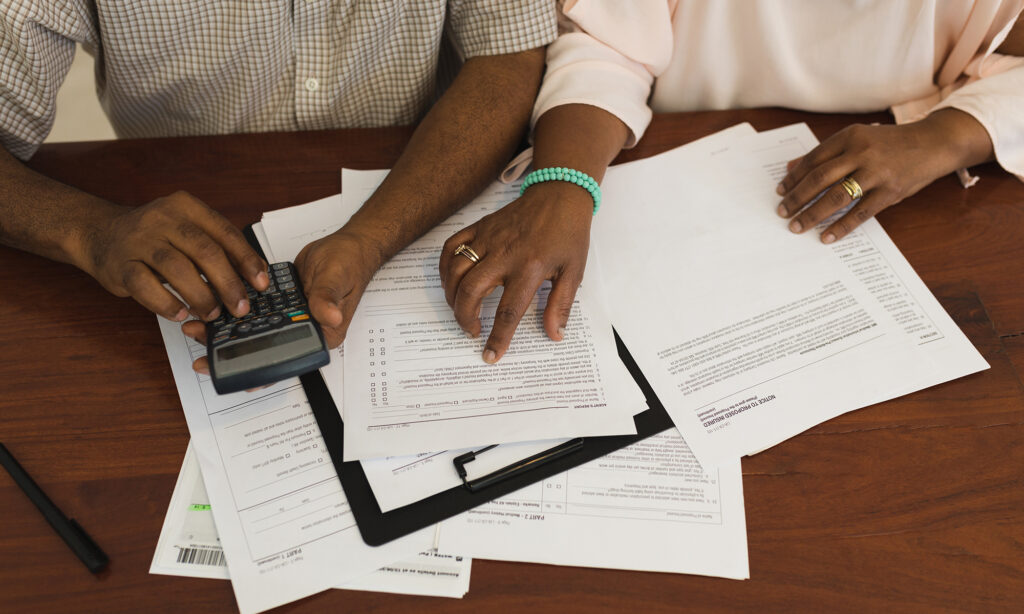
FAQs
Q: Can I import any car from Japan to Kenya?
A: No. The car must be right-hand drive , not older than 8 years , and meet Euro II emissions standards or higher .
Q: How much does it cost to import a car from Japan to Kenya?
A: Total cost includes:
- ¥300,000–¥1,200,000 for the car
- KES 50,000–200,000 for auction and broker fees
- KES 300,000–500,000 for shipping and clearance
- Import duties and taxes (often 40–60% of CIF value)
Q: Do I need a PIV certificate to import a car to Kenya?
A: Yes, all used vehicles require a Pre-Import Verification (PIV) Certificate issued by KEBS before shipment.





